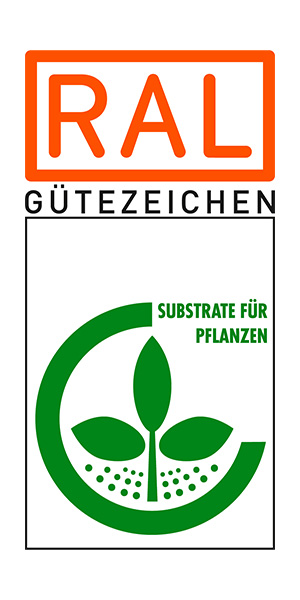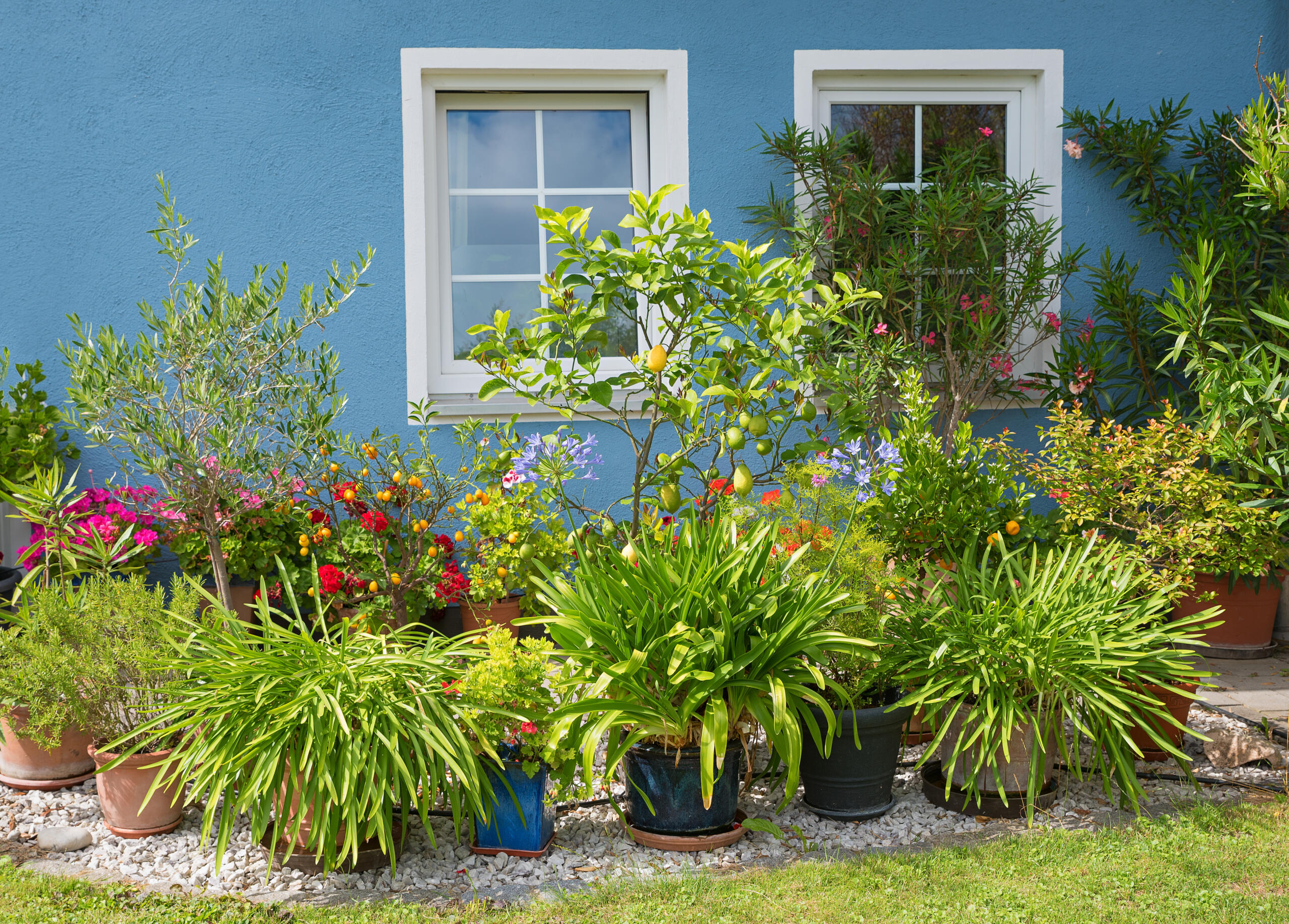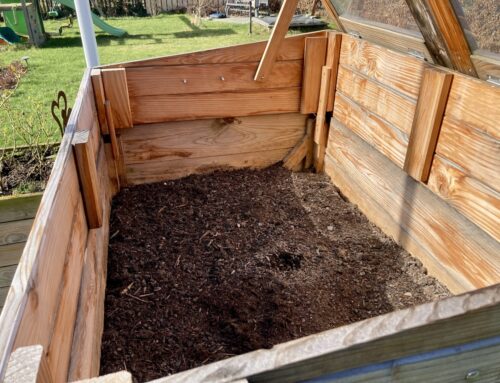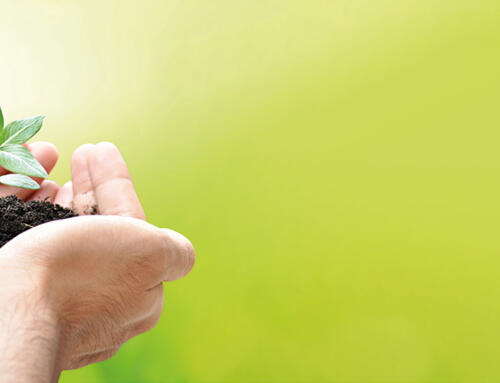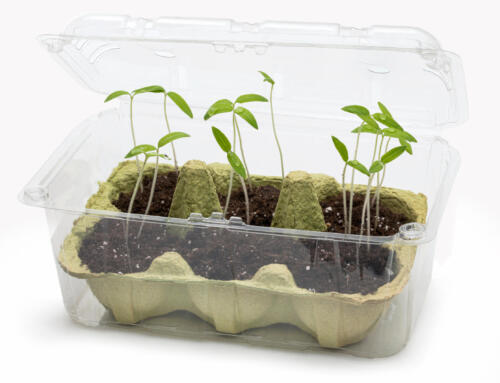Potting soil for planters: sound support for long-term companions
A high-quality growing medium is the best recipe for healthy foliage and flowering plants
Enter peace and quiet. The wide-open balcony door opens the view to flowering oleander bushes, elegant African lilies (Agapanthus) and bright vivid hibiscus flowers. The fresh scent of a Kaffir lime tree (Citrus hystrix) mixing with the gorgeous fragrance of jasmine (Jasminum officinale), the fluffy flower heads of bottlebrush (Callistemon) dancing in the wind – enter your very own world of perfect peace and quiet.
Transplant after buying
Mediterranean or exotic tub plants turn any outdoor sitting area into your very own balcony or patio holiday spot. If you’re looking to plant a reminder of your last trip to Madeira or pay tribute to Lake Maggiore, your plant nursery or garden centre will likely have a huge choice of species in store for you. To ensure that the newcomers feel comfortable and can unfold their full beauty, it is usually recommended to release the plants from their often cramped pot conditions and repot them for the first time. The optimal container is approximately three centimetres wider in diameter than the one the plant came in and has adequate drainage holes.
Unlike annual B&B plants, tub plants ideally delight us for years on end – provided that nutrient and water supply is right. Anyone who has invested in a stunning palm tree or a majestic bougainvillea will want to avoid saving on the wrong ends afterwards and will decide on a high-quality potting soil for planters. But what exactly makes a good substrate for planting and how do you recognize it?
RAL quality mark: guarantor of superior soil mixes
A potting soil serves many purposes at the same time. On the one hand, it must provide support to the plants – in the case of tub plants for many years. Whereas some substrates slump sharply after only a few months, potting soil for planters should always retain its stable structure in the long term and allow the right amount of oxygen to reach the roots. At the same time, the substrate has the task of providing the plants with nutrients and water. Consequently, it has to store water and nutrients in an adequate manner and make them available to the roots as needed. How well a growing medium completes this job largely depends on the quality of its constituents. In fact, not every substrate meets these quality requirements.
Gütegemeinschaft Substrate für Pflanzen e.V. (GGS) recommends that consumers play it safe by using exclusively products that carry the RAL quality mark. RAL quality-certified substrates are subject to continuous quality control by approved independent labs, provide optimal growing conditions and are free from weed seeds and plant-damaging substances. For citrus plants, it is recommended to use quality-certified citrus soil mixes, as their pH value is especially favourable to this group of plants and they also have an extra dose of iron. The latter helps prevent yellowing of the leaves, which can occur quickly otherwise, and ensures that the plants are optimally supplied with nutrients.
Summer retreat: tub plants for locations in partial shade
The selection of plants suitable for sunny spots is huge, but there is also a large range of attractive tub plants for partially shaded locations:
• Indian mallow (Abutilon)
• African lily (Agapanthus)
• Purple cestrum (Cestrum)
• Dwarf fan palm (Chamaerops)
• Glorybower (Clerodendrum)
• Abyssinian banana (Ensete)
• Laurel (Laurus nobilis)
• Blue potato bush (Lycianthes rantonnetii)
• Pink dwarf banana (Musa vellutina)
• Passion flower (Passiflora)
• Japanese pittosporum (Pittosporum)
• Glory bush (Tibouchina urvilleana)
• Skyduster (Washingtonia)
Download here (PDF)
